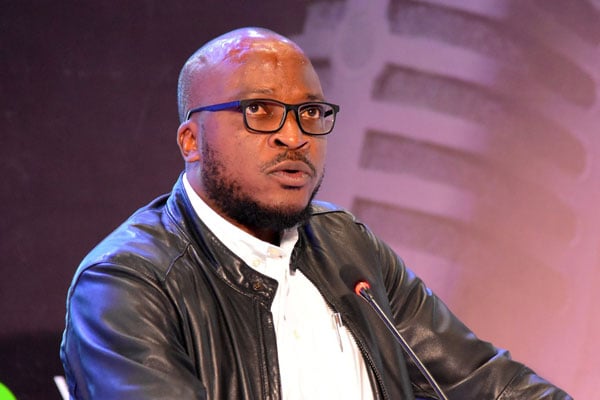Prime
The walls that hide Covid-19 pain

Angella Nampewo
What you need to know:
- Perhaps the vaccination numbers and queues at designated field points were driven by increasing belief that we were indeed sitting on an explosive problem.
Rarely, in recent times, has there been so much bad news coming off every media as there has been this week. Even before last Sunday’s announcement of a partial lockdown, things were not looking good. Covid-19 infection rates were beginning to climb by alarming margins, although we had also seen big drives towards vaccination.
Perhaps the vaccination numbers and queues at designated field points were driven by increasing belief that we were indeed sitting on an explosive problem. This week just ending has brought its fair share of troubles. Given just three days to find their way from schools that were closing down and unable to pay an arm and leg for the journey home, students were left stranded as the public transport went off into its own lockdown, confined to district boundaries.
By close of the week, enforcement of the inter-district lockdown was so good that travellers were already beginning to feel the pinch. Perhaps some inter-district boundaries could have been rethought around the idea of interdependence. Take the case of Buikwe and Jinja, which are practically separated by the River Nile. For these guys, this is a total lockdown because many people wake up in Buikwe and head off to work in Jinja.
In fact, few of Jinja City’s workers actually live in Jinja. It is like the case of many people coming out of Mukono to work in Kampala. When I heard a member of the public explaining how many have to go across the Jinja Bridge for various reasons, my mind sprung to my own experience.
For many years, this inter-district travel was my work life story. I woke up in Jinja and drove across the Nile Bridge to work in Buikwe District, about 8km away. At the end of the day, I crossed back to get home to my family. Later, when I decided to live on the Buikwe side of the bridge, I was crossing over for crucial services.
From either side of the bridge, the nearest major health facility is Jinja hospital, among other things. Banks also tended to have their branches in the buzzing centre on the other side of the river. Similar stories have been coming out of the inter-district travel ban, which seems to have created some unintended problems and wrought more hardship than its initiators anticipated. So, while this is supposed to be a milder version of a total lockdown to take care of a problem which we can all see now, it is causing its own brand of pain.
Again, this is not to discount the seriousness of the pandemic’s impact. On the contrary, there has been such an avalanche of bad news this week that I had to pause and look around as many people seemed to be falling to Covid-19.
This is the kind of week that made you wonder if the Ministry of Health was keeping pace with what we were seeing in the community. Why, all of a sudden do we have so many people sick at home and several deaths being announced every day? Were we too lax with our SOPs and border restrictions, letting in new lethal strains of the virus, because now we are surely paying the price.
And for many, it is a silent war behind closed doors and district boundaries because the cost of treating Covid-19 in hospital is prohibitive, among other things. And while we are at it, many have had their livelihoods shut down by the district barriers. It may not be obvious this time but there is a lot of suffering behind the invisible walls we have put up to fight Covid-19.
Ms Nampewo is a writer, editor and communications consultant
[email protected]




